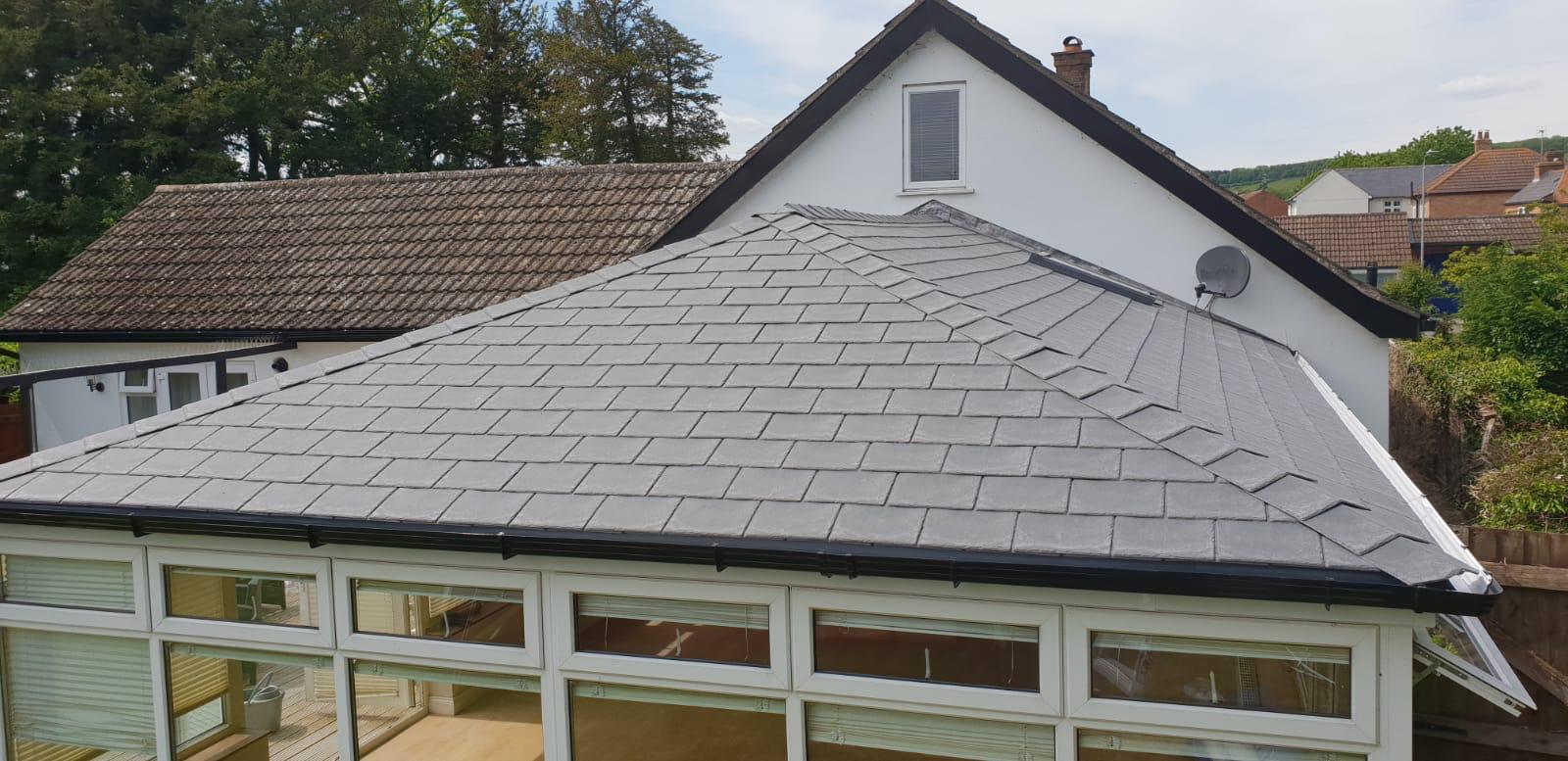Roof Replacement in the UK: Protecting Your Dwelling from the Components
Roof Replacement in the UK: Protecting Your Dwelling from the Components
Blog Article
Replacing a roof is a major undertaking for any homeowner in the UK, and it's one that often comes with a significant cost. However, it is also one of the most important home maintenance tasks, as the roof serves as the primary barrier between the elements and the interior of your property. Roofs in the UK are constantly under stress due to unpredictable weather conditions, including strong winds and heavy rain. Roofs naturally degrade over time and may require more than repairs to keep them structurally sound. When leaks become frequent, tiles start to fall, or insulation becomes ineffective, it's usually a sign that a full replacement is needed. Ignoring these warning signs can lead to costly damage inside the home, including mould, rot, and electrical issues. A new roof not only enhances the appearance of a property but also increases its value and energy efficiency.
Most roofs in the UK are either made of slate, felt or tile. Each has its own life expectancy and needs for maintenance. Slate roofs, common in older homes, can last up to 100 years but may begin to degrade after several decades if not properly maintained. Also widely used are clay and concrete tiles, which offer a 40-60 year durability. Felt roofs, often seen on flat roofs, generally need replacement after 20 to 30 years. When assessing roof health, homeowners should consider other factors, such as the roof pitch, condition of underlayment, and ventilation. Roof inspections by certified roofers can confirm whether repairs are required or not. Early signs of damage can be detected by regular inspections, which will help you avoid more costly repairs later.
It is important to know when the roof needs replacing. This will help you avoid unnecessary costs and further damages. While minor repairs can prolong the life of a roof, certain signs indicate that it is time to replace the roof entirely. One of the most obvious signs is the presence of frequent leaks, especially if water starts to seep into the interior of the home. Small leaks, even if they are not large, can cause extensive damage to the home, such as mold and mildew. Insulation may also be compromised. Missing or cracked tiles or sagging sections of the roof are also signs. So is an increase in energy costs due to inadequate insulation. It is time to replace the entire roof if it has been over 20 years and shows these signs. Ignoring the symptoms can lead to much more serious problems such as structural instability or interior damage.
The Typical roof replacement prices in the UK process can be complicated and lengthy, requiring expertise from a roofing professional. First, a roof inspection is conducted to determine the extent of damage. Once this has been established, the old roofing material is removed, and the structure is prepared for the new roof. This may involve repairing or replacing the underlying decking, which is the layer beneath the roofing material that supports it. After the structure is secured, new roofing material is installed, with options ranging from traditional tiles and slates to more modern materials like metal roofing or synthetic tiles. The entire process can take several days, depending on how large the house is and how complex the roof structure is. To get further details please visit https://www.roofadvisor.co.uk/how-much-does-a-roof-replacement-cost-in-the-uk/
When considering a roof replacement, it is essential to choose the right roofing material that suits both the aesthetic needs of your property and the weather conditions in your area. Slate and tile roofs in the UK are popular because of their longevity and durability. Flat roofs, however, are common in many modern structures or additions. Flat roofs are usually covered with rubber membrane or bitumen, which provides excellent insulation and waterproofing. While these materials can be cost-effective, they may not offer the same lifespan as traditional materials like slate or tile. Consult a roofer for the right choice, taking into account factors like budget, weather, and architectural style.
Roof replacement is a major investment. However, you should view it as a long-term investment to ensure the safety and value your home. A well-constructed roof protects the home from weather damage, ensures energy efficiency, and enhances the property's curb appeal. Roof replacement costs in the UK vary widely depending on factors such as the size of your property, roofing material and installation complexity. On average, homeowners can expect to pay anywhere from PS3,000 to PS7,000 for a new roof. While the initial cost may seem high, it's crucial to consider the long-term benefits of replacing an old, damaged roof. Most contractors offer financing, which makes it easy to spread the costs of the project.